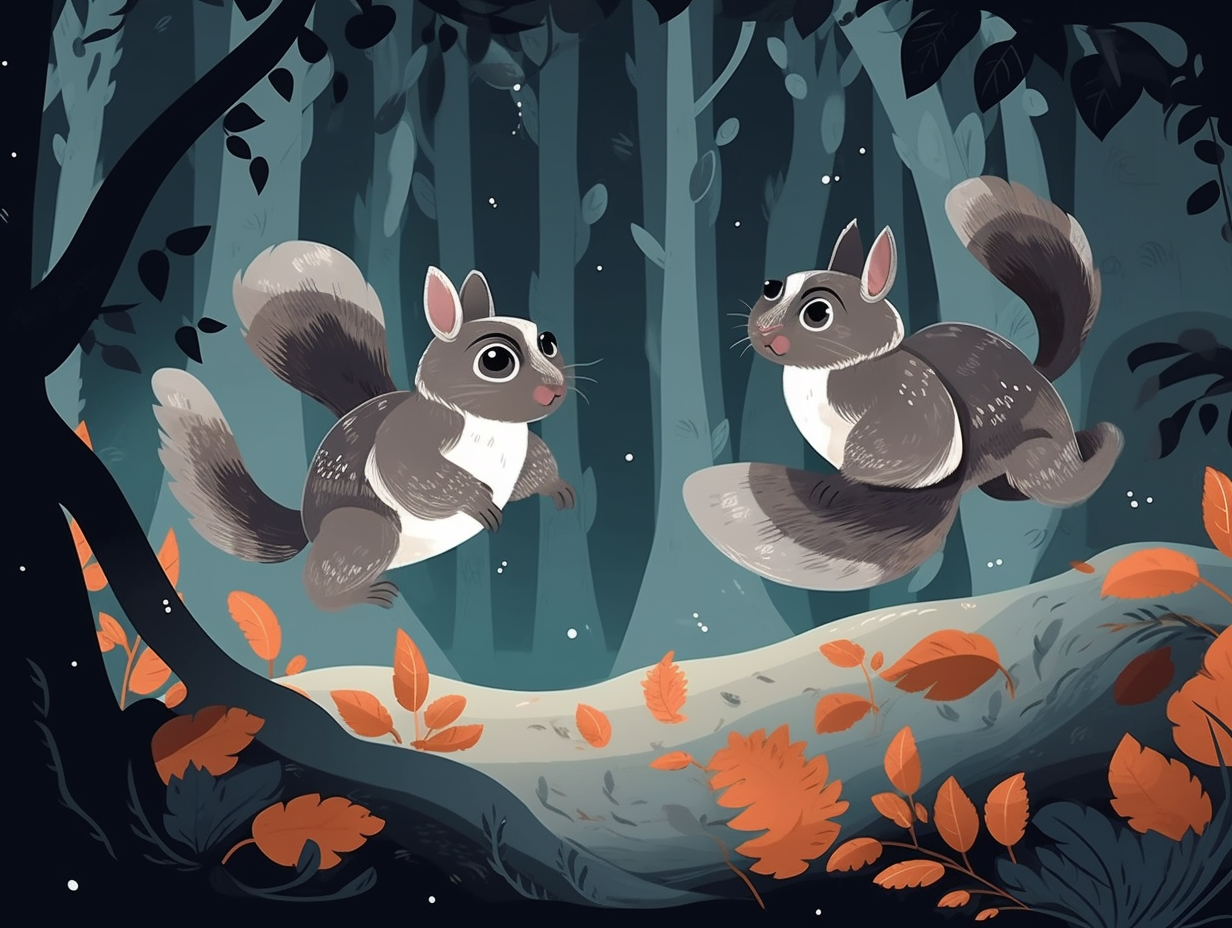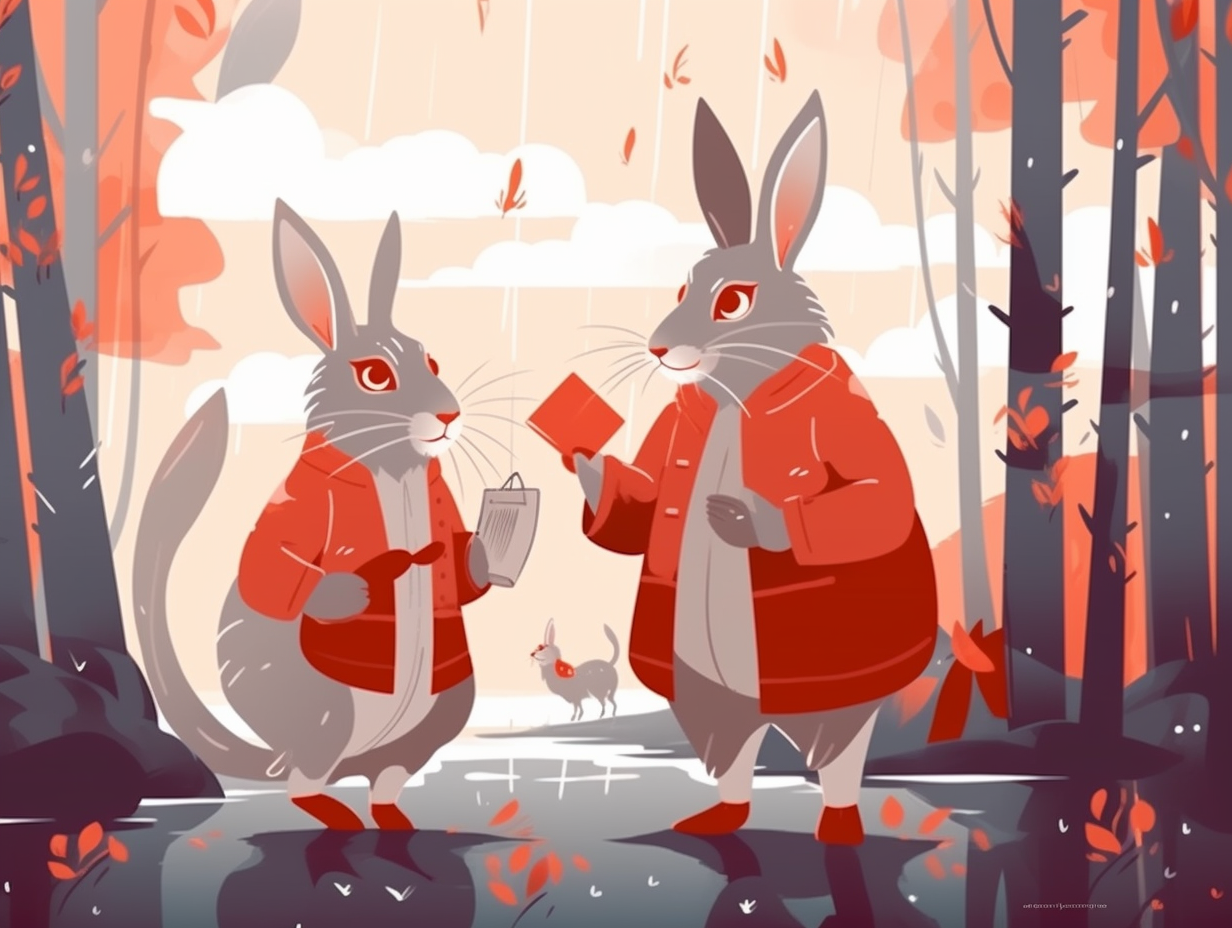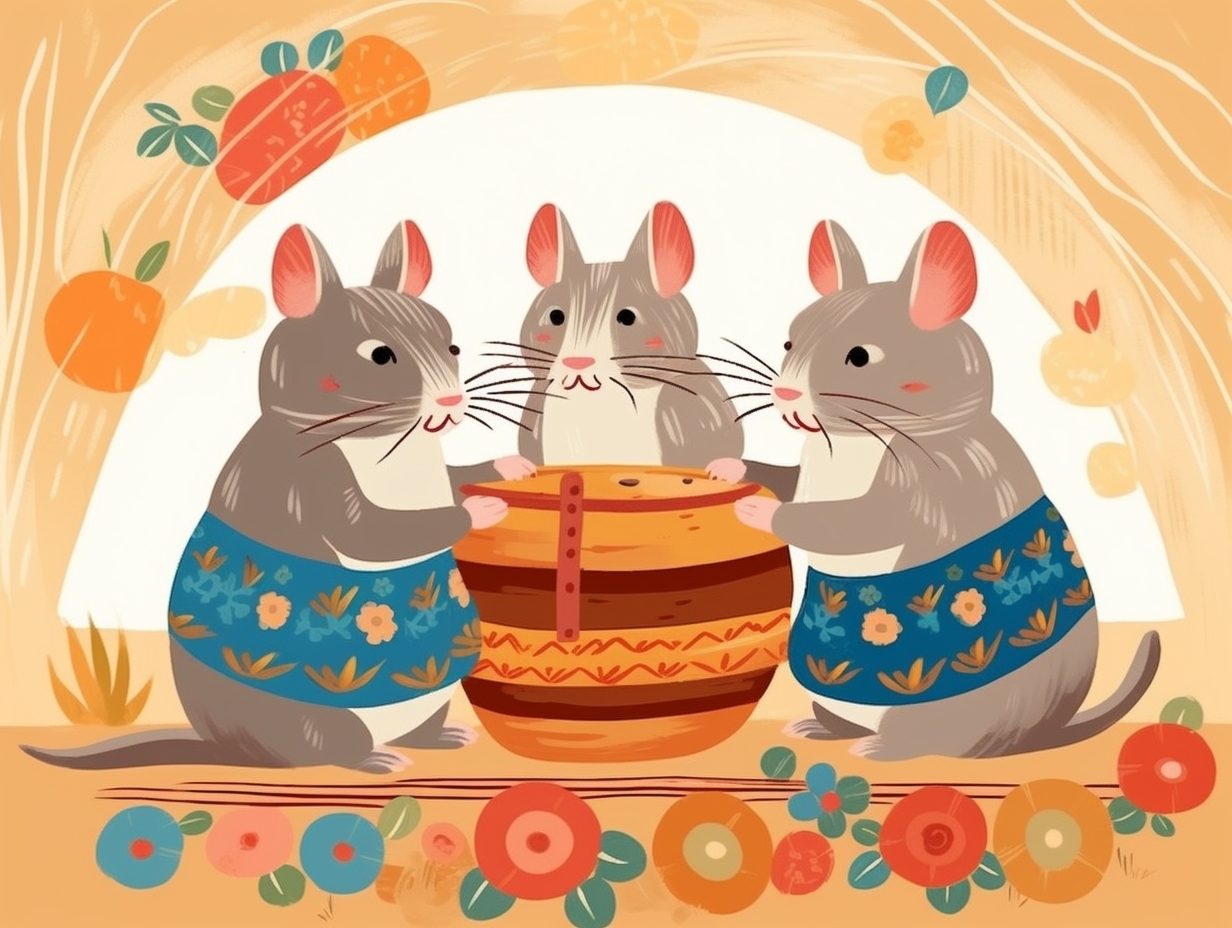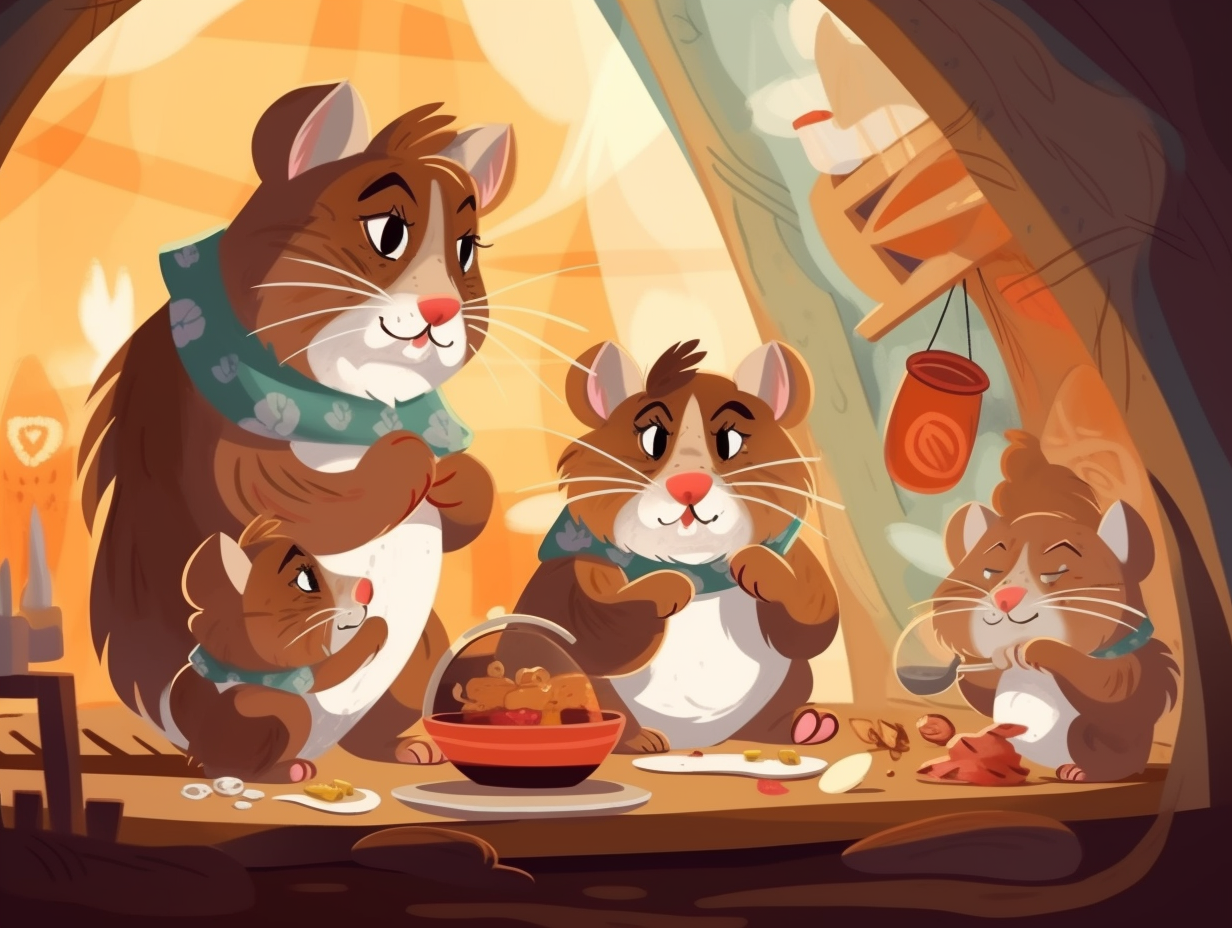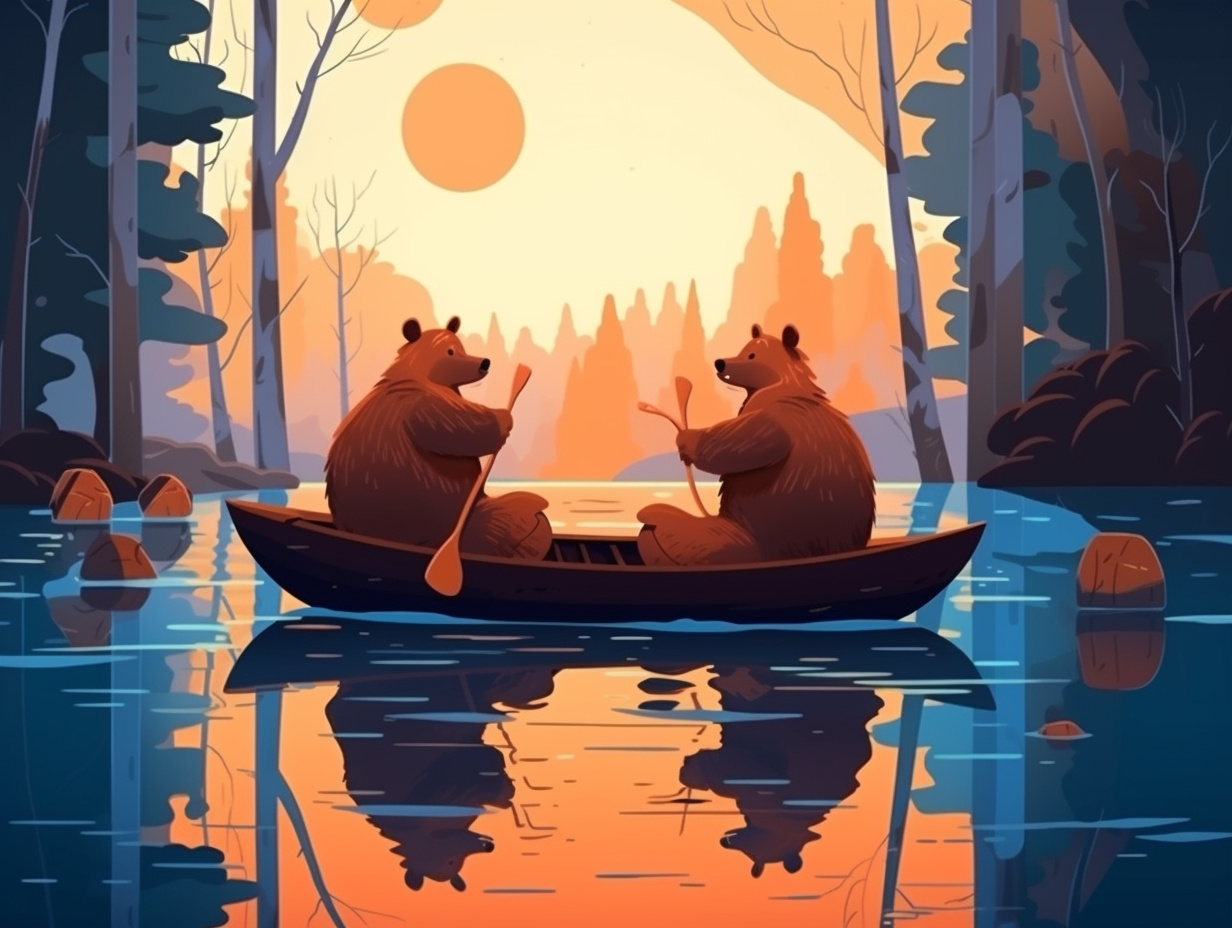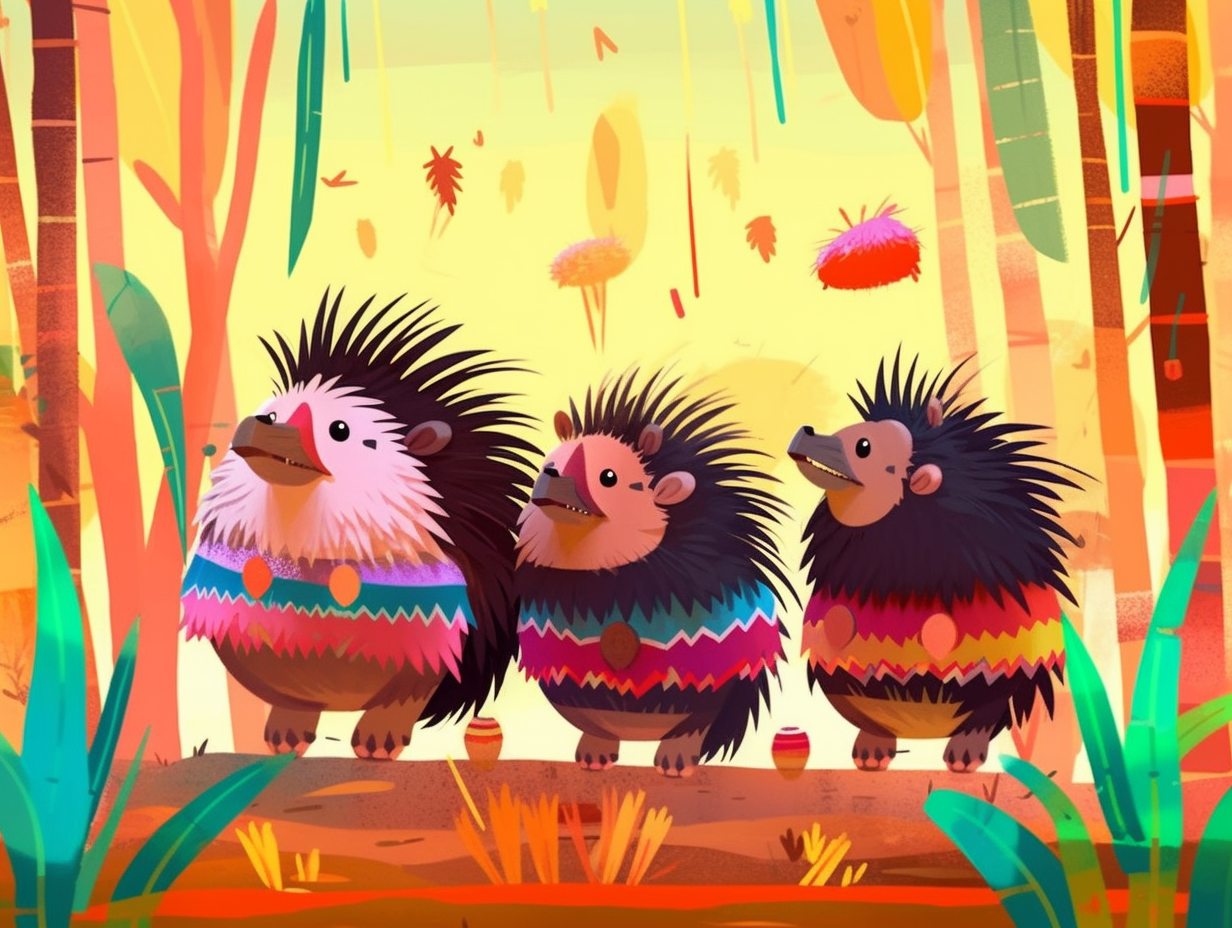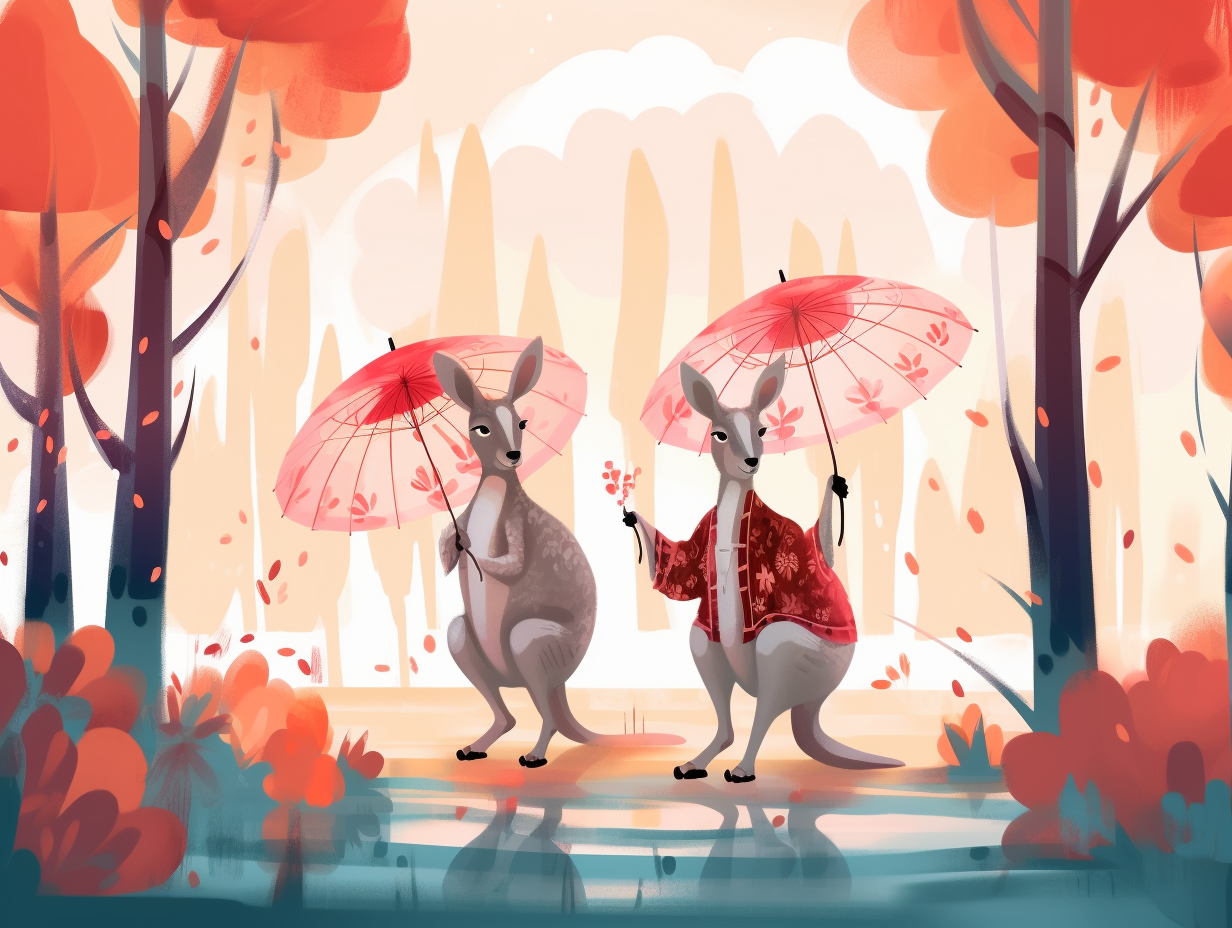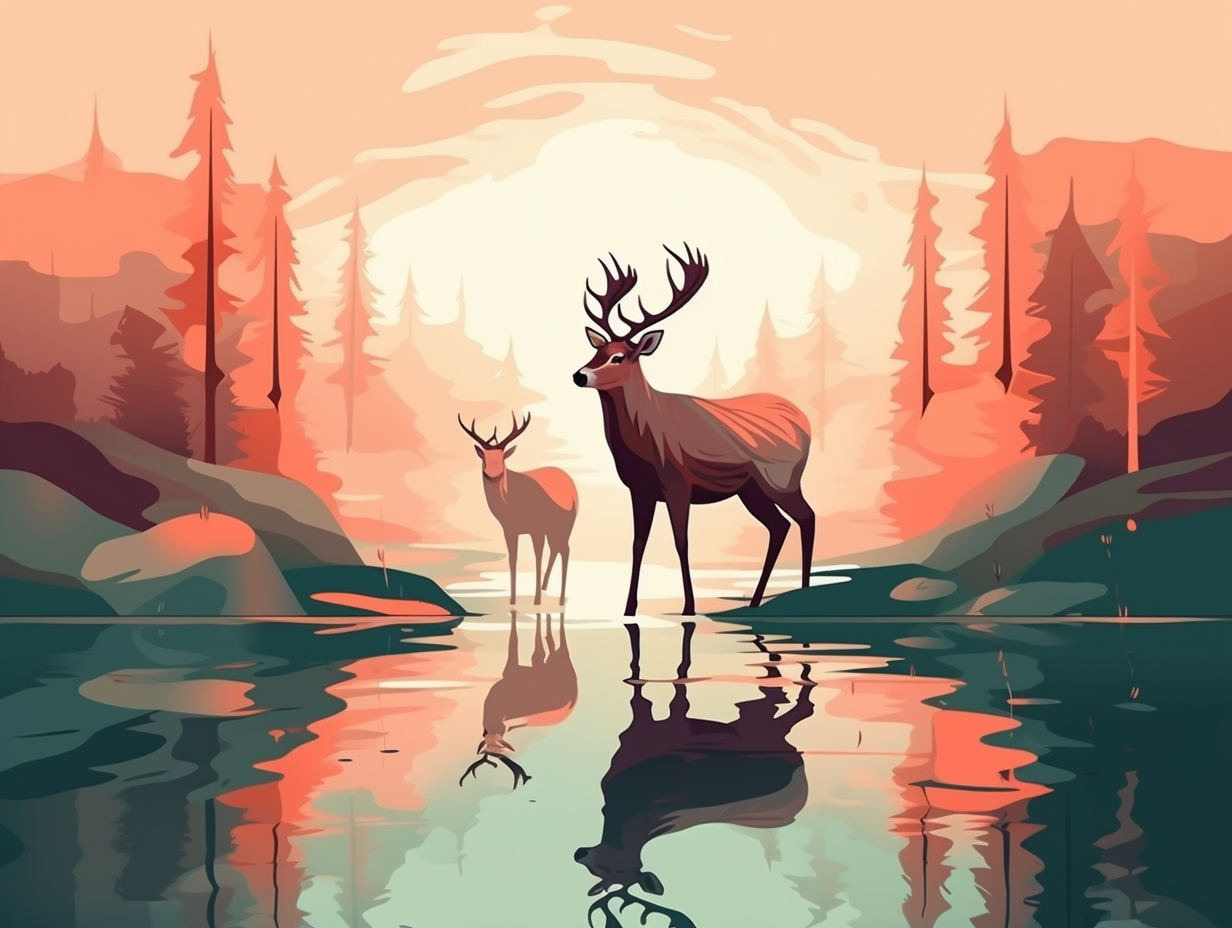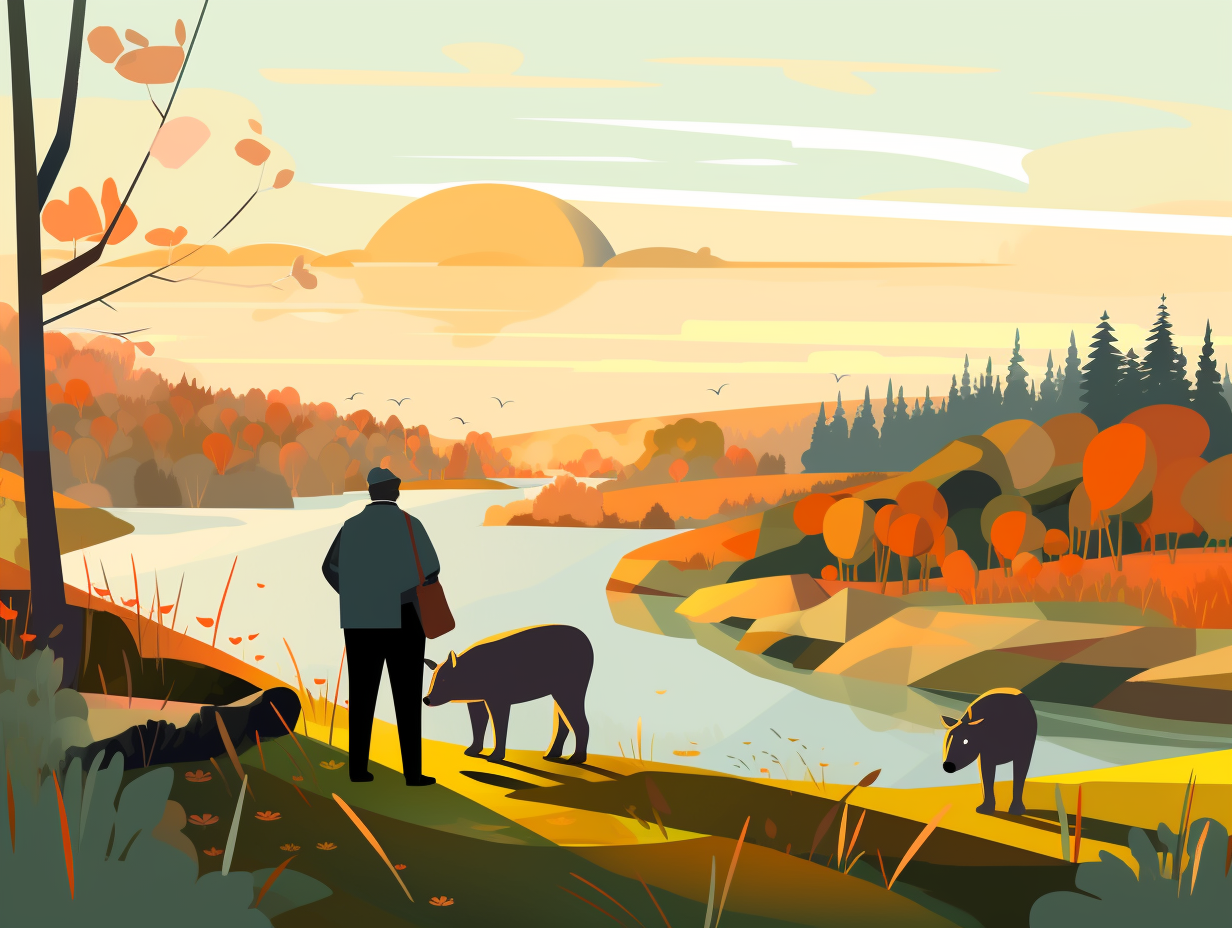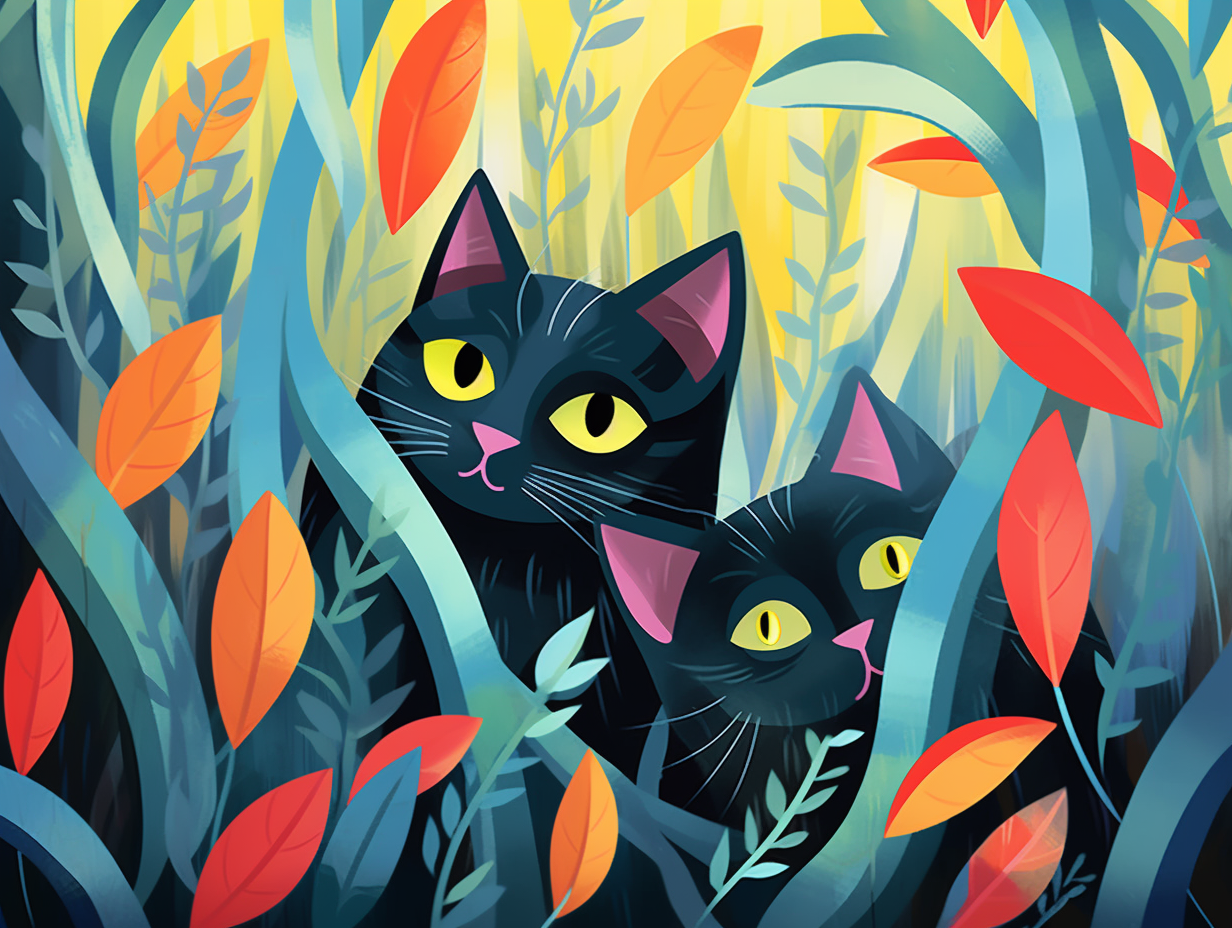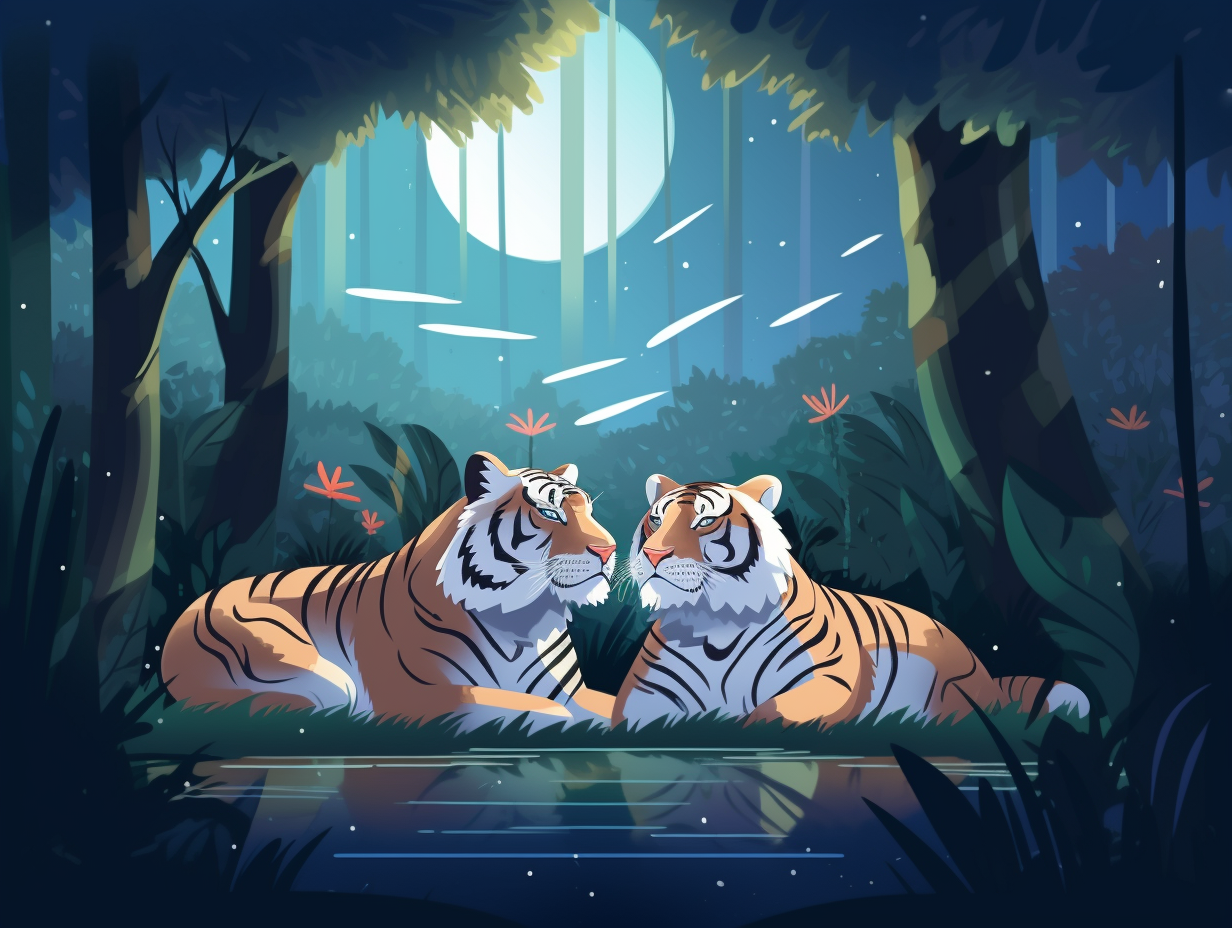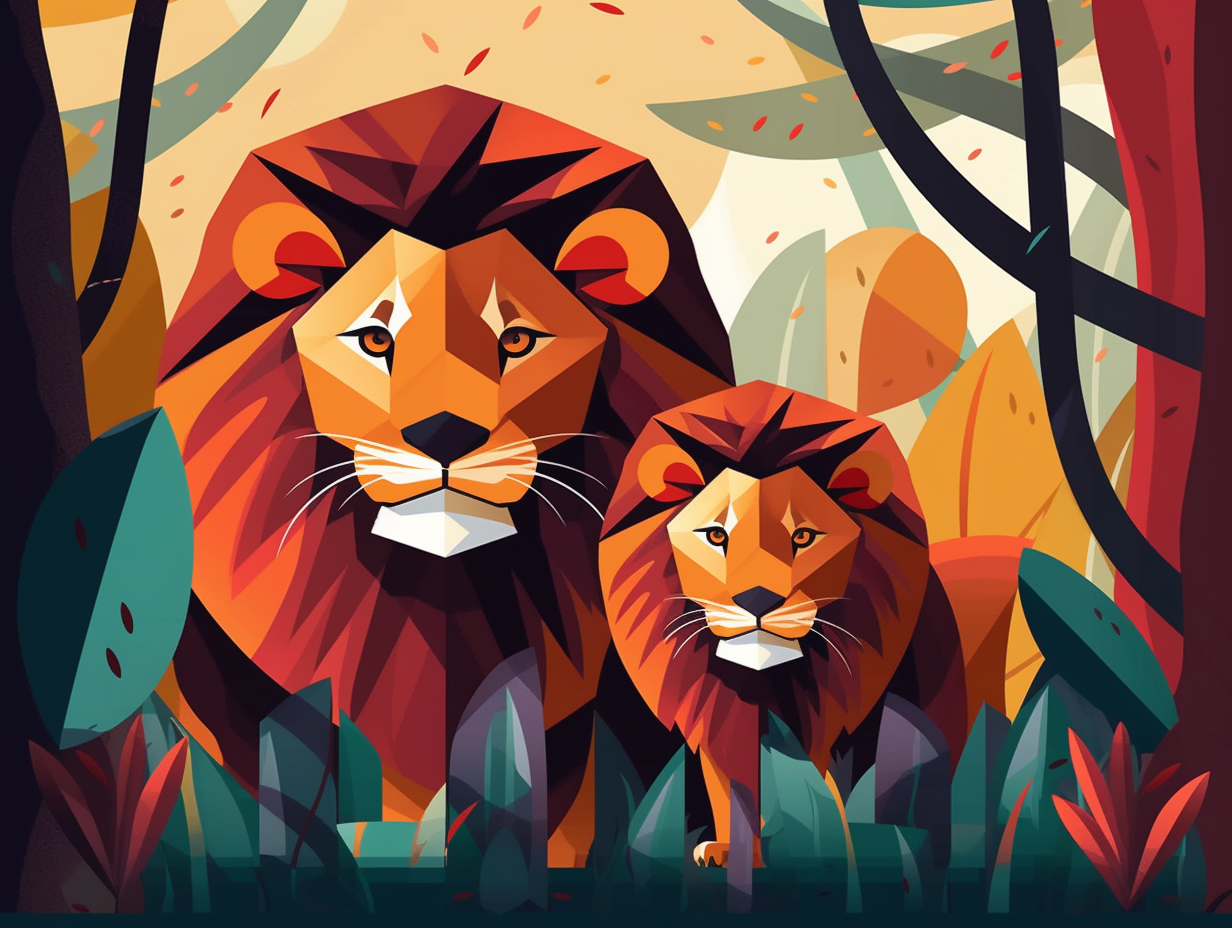Discover the Whimsical World of Squirrels: Top 23 Fun Facts You Never Knew!
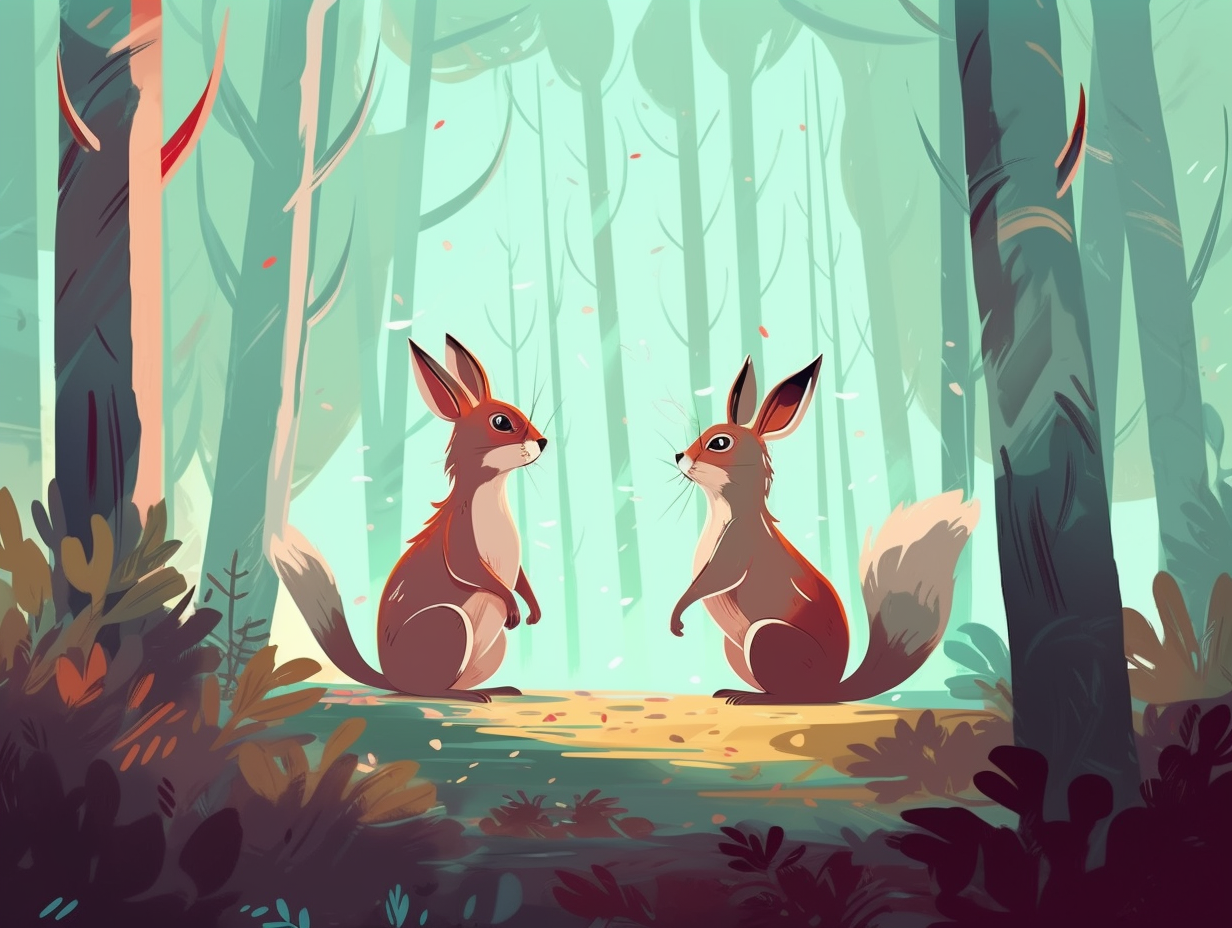
1. Squirrel Speed Demons
Speed demons in miniature fur coats: squirrels can sprint at an impressive 20 miles per hour and cover distances up to 4 miles, thanks to their lightweight bodies and power-packed limbs – perfect for out-zooming predators and nabbing the occasional shroom snack.
Source => squirreluniversity.com
2. Nut-cracking Dental Prowess
Who needs a nutcracker when you've got a squirrel's dental prowess? These fluffy-tailed acrobats might just give the Nutcracker Suite a run for its money: Squirrels can guzzle down over 1 and 1/2 pounds of seeds and nuts each week, amounting to more than their own body weight, thanks to their ever-growing incisor teeth that expertly crack open their favorite munchies.
Source => ci.olney.il.us

Did you know that chipmunks are the ultimate introverts of the animal kingdom? Discover how these adorable critters manage their "Forever Alone" lifestyle without causing any property damage! 🐿️🏡
=> Fun Facts about Chipmunks
3. Squirrel Nut-Keeping Services
If squirrels had a Yelp account, they'd easily have 5-star ratings for their "nut-keeping" services: These skilled critters practice "chunking" by burying types of nuts in separate locations to easily recall their storage spots later, using their incredible long-term memory and spatial cues from the environment for successful scavenging during winter months.
Source => livescience.com
4. Leaping Squirrel Parties
How do squirrels party? By leaping above and beyond the competition! In fact, they've got hops that would make Lebron jealous: The average Eastern Gray Squirrel can jump up to 9 feet horizontally and 4 feet vertically, while their cousins, the flying squirrels, can glide an astonishing 300 feet in a single attempt.
Source => birdwatchingbuzz.com
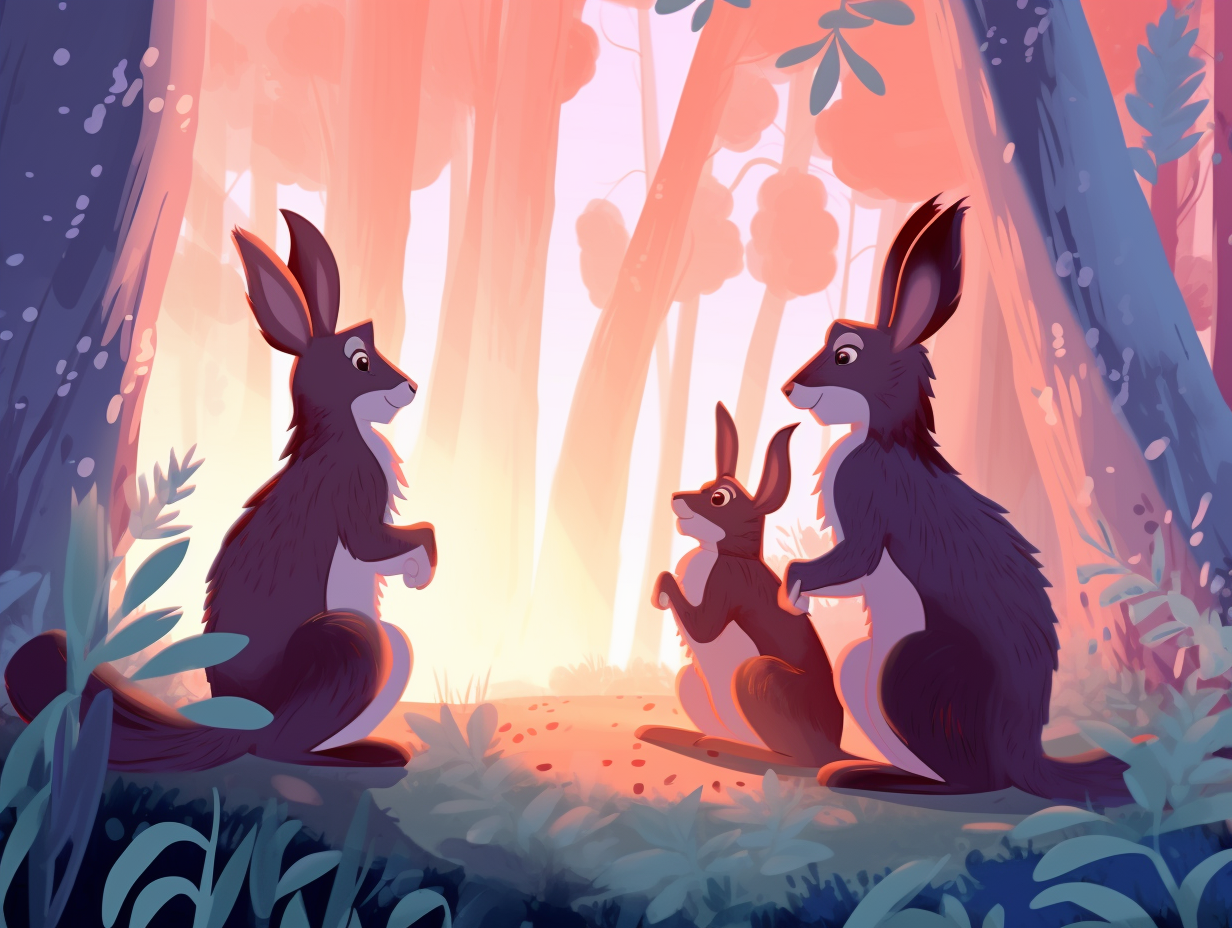
5. Squirrel Swimmers
If Michael Phelps were reincarnated as a furry friend, he’d be a squirrel: These acrobatic critters are surprisingly adept swimmers, using their fluffy tails as rudders to navigate through water, balance their bodies, and stay afloat while escaping predators or fetching some snacks.
Source => smallgardendiy.com
6. Detective Red Squirrels
Watch out, Sherlock Holmes: there's a new detective in town, and their bushy tail is only the beginning of their talent! By day they're scampering through trees, but by night they're unearthing hidden treasures and solving the mystery of the rotten acorn without so much as a magnifying glass: Red squirrels possess an extraordinary sense of smell that enables them to identify food and scents from other squirrels with ease, as well as find buried food under a foot of snow and determine the freshness of an acorn without opening it.
Source => a-z-animals.com
7. Squirrel Tail Superpowers
Squirrels: the unsung superheroes of the animal kingdom, using their tails for everything from rodent Morse code to a personal thermostat! The serious reveal: these furry multitaskers utilize their tails for communication, balance, and temperature control, making them crucial to their movement and survival.
Source => nature-mentor.com
8. Giant Squirrels vs. Pygmy Squirrels
Like overachievers who always outdo themselves, the Indian giant squirrel outshines its petite cousin from Africa: These record-breaking rodents can grow up to three feet long, putting to shame the diminutive African pygmy squirrel that stretches just five inches from nose to tail, while both species boast four ever-growing front teeth, ready to gnaw their way through life's obstacles.
Source => nationalgeographic.com
9. Nut-Destruction Masters
Who knew squirrels were masters of nut-erly destruction? These fluffy-tailed guerilla gardeners sabotage their own snacking stash with skillful nibbling: Squirrels bite the embryos of white oak acorns to stop them from sprouting and losing their nutritional value, then bury them alongside their already long-lasting red oak counterparts, ensuring they have a supply of nutritious nibbles throughout the winter months.
Source => preservationparks.com
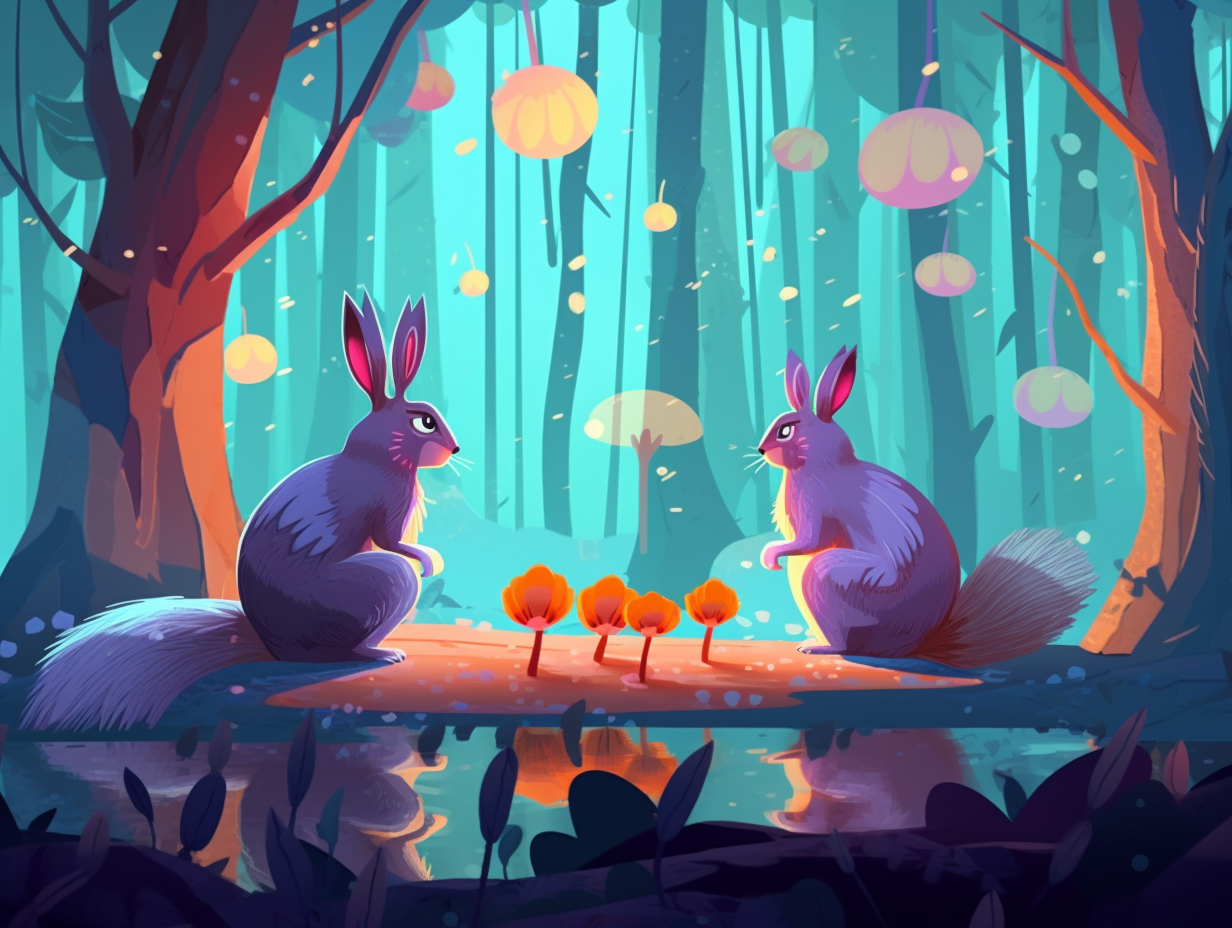
10. Squirrel Memory Masters
If squirrels had a LinkedIn profile, you'd be hard-pressed not to endorse them for their exceptional memory skills and mastery in the art of hide-and-seek: These fluffy-tailed treasure hunters can accurately remember the exact locations of their buried food caches, even under snow and leaves, for months at a time, thanks to mental maps and landmarks they create according to research by Michael Steele of Wilkes University.
Source => newscientist.com
11. Flying Furry Champions
Who says flying is just for the birds and Superman? Meet the furry champions of gliding to great lengths: Flying squirrels use their limbs, fluffy tail, and patagia muscles to make sharp turns and nimble glides. Among these aerial acrobats, the red giant flying squirrel stands out – growing up to 32 inches long and weighing almost 4 pounds, it's been spotted soaring as far as 246 feet in a single glide.
Source => treehugger.com
12. Furry Landscape Artists
Imagine forests receiving nutty makeovers led by nature's very own furry landscape artists: Squirrels bury and cache up to 10,000 nuts a year, resulting in reforestation and the growth of healthy new trees, making them essential seed dispersers in forest ecosystems worldwide.
Source => squirrelenthusiast.com
13. Squirrel X-ray Vision
Ever wondered why squirrels seem to have their own version of X-ray vision, scurrying about while somehow avoiding all dangers like tiny, bushy-tailed ninjas? Behold the secret behind their fluffy finesse: Squirrels possess a remarkable ocular prowess, complete with a wide-angle vision that outshines even our own, allowing them to avoid obstacles and assess terrain with ease, despite a tiny blind spot at the top of their field of view. No wonder they can zoom through treetops without a care in the world, all while making sure they don't miss a single acorn!
Source => wildlifeonline.me.uk
14. Loner Squirrels
Squirrels practice their own version of "siblings before misters": they might be BFFs with their furry counterparts, but family reunions and matching Christmas sweaters just aren't their thing. The serious reveal: These bushy-tailed loners don't form family groups or stick with siblings, preferring to hit the ground running in search of new territory once they're independent from mom.
Source => whatdosquirrelseat.org
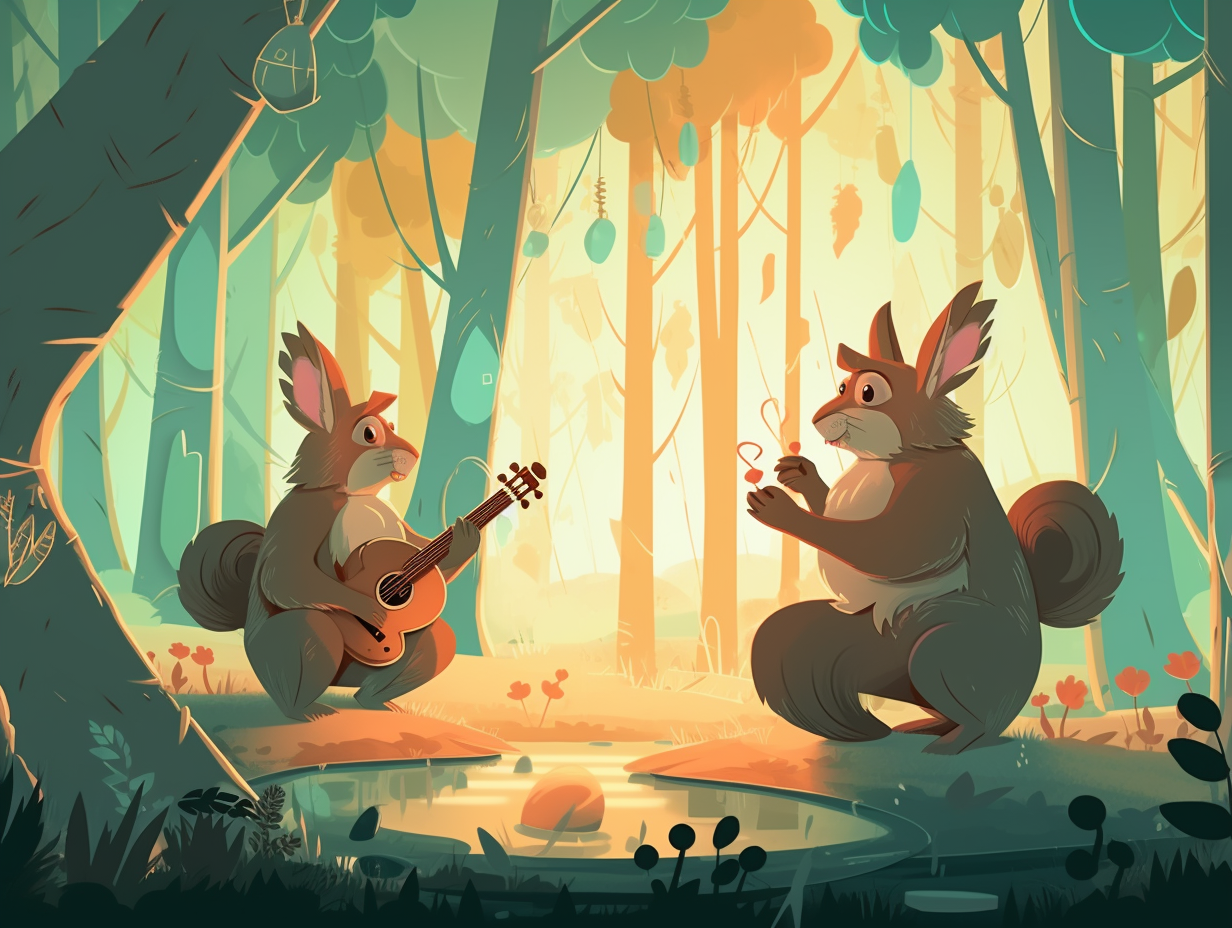
15. Squirrel Self-Defense Seminars
When a squirrel goes "nutty professor" and arranges a seminar on self-defense, you'd better believe they're bringing in specialized guest speakers: The California ground squirrel, for instance, has a specific alarm call for snakes, while the Belding's ground squirrel has its own signal for aerial predators like hawks and eagles, effectively equipping their fluffy peers with the intel to respond accordingly to various threats.
Source => link.springer.com
16. Nut Hoarder Olympians
If there was an Olympics for Nut Hoarders, squirrels would definitely take home the gold: their incredible spatial memory, thanks to the hippocampus in their brain, allows them to remember the exact location of every nut and seed they bury, keeping them well-fed during winter months.
Source => nutsaboutsquirrels.com
17. Chatty Tail Waggers
Can't quite put your finger on why squirrels always seem a bit squirrelly? Well, turns out these furry creatures are just wagging their tails at us in an attempt to strike up a conversation: Squirrels employ various tail movements and positions to communicate with each other, signaling danger, food sources, and territory ownership, transforming their fluffy appendage into a multifunctional tool for social interaction.
Source => whatdosquirrelseat.org
18. Colorblind Squirrels
Feeling a bit "squirrelly" about your red-green color blindness? Fear not, you're in nutty company: Squirrels, too, struggle to tell the difference between red and green leaves as a result of their dichromatic color vision, according to a study in The Journal of Comparative Physiology A.
Source => nytimes.com
19. Red Squirrel Survival Boot Camp
Rumor has it that red squirrels spend their first year in survival boot camp, dodging predators, disease, and the haphazard flurry of life: In actuality, it is quite the challenge, with the average red squirrel's lifespan being five years, and an astonishing number struggling to make it through their first rather tough year. However, those who triumph over adversity might even live up to a remarkable nine years in the wild!
Source => trutechinc.com
20. Squirrels as Moral Educators
Before there was Dr. Phil, there were Dr. Squirrel: Squirrels in the late 1800s played an unexpected role as moral educators for children in American cities, teaching them kindness towards human and nonhuman animals by encouraging feeding interactions and promoting good character through children's literature and writings from prominent figures like Ernest Thompson Seton, co-founder of the Boy Scouts.
Source => sciencedaily.com
21. White Squirrel Secret Society
Ever wondered if squirrels had a secret society of albino spies, stealthily blending in with the snow? Think again, Sherlock: These rare white eastern grey squirrels aren't albinos; they actually have a unique gene coding for a white coat and black eyes, making up around 70% of the white squirrel population in the United States—stealthy, maybe, but not quite mystery-solving prodigies.
Source => squirrelgazer.com
22. Squirrel "Rose Ceremony"
Move over, Bachelor Nation: Squirrels have their own "Rose Ceremony." During breeding season, males embark on a noisy, energetic pursuit of a single female, complete with all the acrobatics, drama, and sneaky tactics: The dominant male typically leads the race, but others may try to swoop in for an unexpected romantic rendezvous when the leader gets exhausted or distracted – and it's ultimately the female who decides her ideal suitor for superior offspring.
Source => wildlifeonline.me.uk
23. Fluffy Tail Emojis
Who needs emojis when you have fluffy tails? That's right, squirrels channel their inner texting teenager with their bushy rear-end accessories: Western gray squirrels communicate with each other using their long, luxurious tails, flicking and twitching them to send messages that range from friendly hellos to urgent danger alerts.
Source => naturemappingfoundation.org
Related Fun Facts

